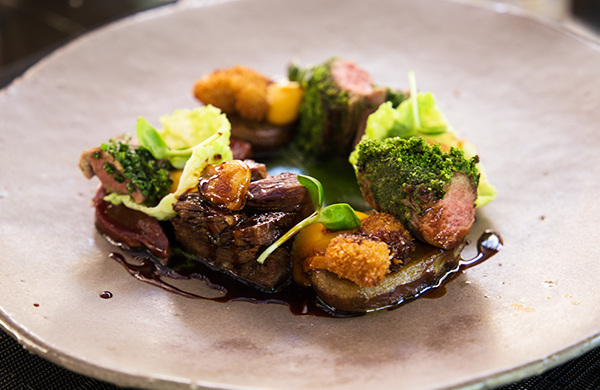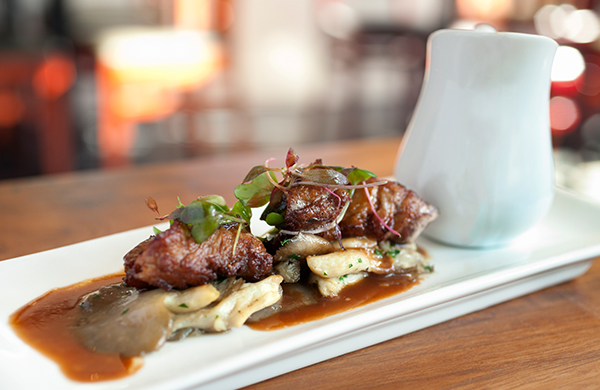
I consider myself an adventurous eater. I've crunched on fried caterpillars and candy-coated cicadas, and I've even slurped up the broth of Filipino balut. But for some reason, I draw the line at organ meats. One of my favorite dishes as a child was the Filipino classic dinuguan—until I discovered it was made with tripe.
But I'm not a kid anymore. And now that organ meats are a thing, I feel like I can't avoid them any longer. Still, I had to start slow, dip my foot in to test the waters, so to speak. After reviewing my options, sweetbreads, being bite-sized and usually done to a crisp, seemed to be the least ominous. I decided to do a little research, hoping to convince myself that eating sweetbreads might be worth adding to my list of culinary accomplishments.
What Are Sweetbreads, Exactly?

The term sweetbreads usually refers to the thymus gland—and sometimes the pancreas—of a calf or lamb. Veal sweetbreads are the milder of the two.
Supposedly the first mention of them dates back to mid-16th-century England. It's speculated that sweet refers to its rich flavor, while bread (or brede) simply means flesh. Why did people eat them? The same reason people ate anything, especially back then: they were edible. Not only that, but they were cheap, easy to get, and—unlike their non-muscular brethren—very tasty.

So How Do They Taste?
Sweetbreads are the mildest tasting of all organ meats. I've been promised that if they're cooked correctly, they'll retain virtually none of the mineral taste that offal is notorious for. Rather than the squicky texture of liver, the texture of cooked sweetbreads is more akin to lobster or scallops—creamy and mild.
How Are They Cooked?

First, it should be noted that sweetbreads must be cooked and eaten within days or else they'll spoil. Also, their preparation is a labor-intensive undertaking. Before they're even cooked, they must be soaked for hours to draw out the impurities, then cleaned, then pressed, then poached.
As far as cooking them, techniques range from simple and traditional to experimental. To get some tips, I picked the brains of some culinary pros in my hometown of Chicago.
Jon Sherman, culinary instructor at Robert Morris University and chef at Bespoke Cuisine along the city's Restaurant Row on Randolph Street, likes to dredge them in flour before frying them. And Austin Yancey, culinary instructor at the city's Le Cordon Bleu and executive chef of the high-end Elite Personal Chefs, prefers them seared to a nice crust that contrasts with the tender interior.
Of course, the nose-to-tail trend has chefs trying other ways to bring out the sweetbreads' mild flavor. Chef Matthias Merges of Yusho and Billy Sunday in Logan Square has experimented with them, most recently featuring them with prosciutto in a saltimbocca for his Hyde Park venture, A10. And at the Michelin-starred Blackbird, the chefs poach sweetbreads to medium-rare in a court bouillon before cleaning them. The sweetbreads are then butter-fried to a nice crisp.
Butter-fried. Anything fried in butter gets my attention.
Why Should I Eat Them?
Pretty much everyone I spoke with stressed that today's trend toward whole-animal consumption has people curious about all organ meats. And these organ meats, remember, are mellow in flavor in comparison to, say, liver or tongue.
And as far as swapping them for lobster—it wouldn't be such a bad idea. Although sweetbreads are fattier than shellfish, they're just as high in protein and also much more nutrient- and calorie-dense.
But Blackbird's Chef de Cuisine David T. Posey's succinct reason was most compelling: "People should eat them because they are delicious."








